Comments / Questions (1)
![]() Anna Krüger wrote:
Anna Krüger wrote:
Hallo liebes Drops-Team, Welche Größe trägt denn das Model auf den Fotos? Das würde mir als Einschätzung der richtigen Größe helfen. Danke und liebe Grüße
22.02.2025 - 14:38DROPS Design answered:
Liebe Frau Krüger, unsere Modellen tragen meistens entweder S oder M aber um Ihre Größe zu finden, messen Sie einen ähnlichen Pullover, den Sie haben und gerne tragen, dann vergleichen Sie die Maßen mit den in der Skizze, so finden Sie die passende Größe - hier lesen Sie mehr. Viel Spaß beim Stricken!
24.02.2025 - 08:16
Sunny Seaside#sunnyseasidesweater |
|
 |
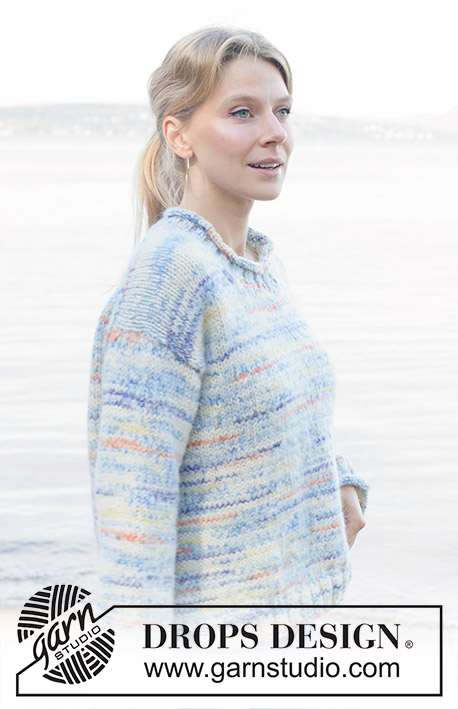 |
Knitted jumper in DROPS Fiesta and DROPS Brushed Alpaca Silk. The piece is worked top down with diagonal/European shoulders, split in sides and rolled edges. Sizes XS - XXL.
DROPS 259-35 |
|
|
------------------------------------------------------- EXPLANATIONS FOR THE PATTERN: ------------------------------------------------------- GARTER STITCH (worked back and forth): Knit all rows, from both the right and wrong side. 1 ridge in height = knit 2 rows. INCREASE TIP-1: INCREASE 1 STITCH TOWARDS THE LEFT - from RIGHT SIDE: Use left needle to pick up yarn between 2 stitches from row below, pick up yarn from the front and knit in the stitch loop that is on the back of the needle. INCREASE 1 STITCH TOWARDS THE RIGHT - from RIGHT SIDE: Use left needle to pick up yarn between 2 stitches from row below, pick up yarn from the back and knit in the stitch loop that is on the front side of the needle. . INCREASE TIP-2: INCREASE 1 STITCH TOWARDS THE RIGHT - from WRONG SIDE: Use left needle to pick up yarn between 2 stitches from row below, pick up yarn from the back and purl in the stitch loop that is on the front side of the needle. INCREASE 1 STITCH TOWARDS THE LEFT - from WRONG SIDE: Use left needle to pick up yarn between 2 stitches from row below, pick up yarn from the front and purl in the stitch loop that is on the back side of the needle. KNITTING TIP: When working short rows, there will be a small hole after each turn. This hole can be closed by tightening the strand or using the technique German Short Rows as follows: Slip the first stitch purl-wise, take the strand over the right needle and tighten well from the back (2 loops on the needle). These loops are worked together on the next row. DECREASE TIP (for sleeves): Decrease 1 stitch on each side of the marker-thread as follows: Work until there are 3 stitches left before the marker-thread, knit 2 together, knit 2 (marker-thread sits between these 2 stitches), slip 1 stitch knit-wise, knit 1 and pass the slipped stitch over the knitted stitch (2 stitches decreased). ------------------------------------------------------- START THE PIECE HERE: ------------------------------------------------------- JUMPER – SHORT OVERVIEW OF THE PIECE: The pattern uses both long and short needles; start with the length which fits the number of stitches and change when necessary. The piece is started back and forth, casting on stitches at the back of the neck and working the back piece top down while increasing stitches on each side for the shoulders, which become slightly diagonal. The back piece is worked as far as the armholes, then waits while the front pieces are worked in 2 sections. Stitches are knitted up along 1 back shoulder, the front piece is worked and stitches increased for the neckline. This is repeated on the other shoulder. The 2 front sections are joined when the neckline is finished and worked until the armholes are finished. The front and back pieces are joined on the same circular needle and the body worked in the round, then divided for the split in each side and the front and back pieces finished separately, back and forth Stitches are knitted up around the armholes for the sleeves, which are started back and forth for the sleeve cap, then finished in the round. Stitches are knitted up around the neckline and the neck worked in the round If there is a «0» in your chosen size, skip the information and go straight to the next instruction. BACK PIECE: The piece is worked back and forth. Cast on 22-22-24-26-26-26 stitches with circular needle size 7 mm, 1 strand DROPS Fiesta and 1 strand DROPS Brushed Alpaca Silk. ROW 1 (wrong side): Purl. ROW 2 (right side): Read INCREASE TIP-1. Knit 3, increase 1 stitch towards the left, knit until there are 3 stitches left on the row, increase 1 stitch towards the right, knit 3. ROW 3 (wrong side): Read INCREASE TIP-2. Purl 3, increase 1 stitch towards the right, knit until there are 3 stitches left on the row, increase 1 stitch towards the left, purl 3. Work ROWS 2 and 3 a total of 10-11-12-12-13-15 times (= 20-22-24-24-26-30 worked rows). There are 62-66-72-74-78-86 stitches. Insert 1 marker outermost on one side; the piece is now measured from here! Remember to maintain the knitting tension. Continue with stocking stitch until the piece measures 8-9-9-9-10-10 cm from the marker along the armhole. INCREASE FOR ARMHOLES: ROW 1 (right side): Remember INCREASE TIP-1. Knit 3, increase 1 stitch towards the left, knit until there are 3 stitches left on the row, increase 1 stitch towards the right, knit 3. ROW 2 (wrong side): Purl. Work ROWS 1 and 2 a total of 2-2-2-3-3-3 times = 66-70-76-80-84-92 stitches. Continue working until the piece measures 11-12-12-13-14-14 cm, from the marker along the armhole, finishing with a row from the wrong side. Cut the strand and place the stitches on a stitch holder. Work the left front piece as described below. LEFT FRONT PIECE: Find the left back shoulder as follows: Lay the back piece flat, right side up, with the stitch holder towards you; left side of piece = left shoulder. Stitches are knitted up along the left shoulder, starting from the right side by the neckline and working towards the shoulder as follows: Knit up 1 stitch in each worked row, inside the outermost stitch = 20-22-24-24-26-30 stitches. All length-measurements on the front piece are taken from this knitted-up row. Work stocking stitch back and forth (first row from the wrong side). When the piece measures 9 cm, increase for the neckline as follows: ROW 1 (right side): Remember INCREASE TIP-1. Knit 3, increase 1 stitch towards the left, knit to end of row. ROW 2 (wrong side): Purl. Work ROWS 1 and 2 a total of 4 times (= 8-8-8-8-8-8 worked rows) = 24-26-28-28-30-34 stitches (with the next row from the right side). Cut the strand and place the stitches on a stitch holder. Work the right front piece. RIGHT FRONT PIECE: Knit up from the right side, 1 stitch in each worked row along the right back shoulder, inside the outermost stitch and working from the shoulder towards the neckline = 20-22-24-24-26-30 stitches. All length-measurements on the front piece are taken from this knitted-up row. Work stocking stitch back and forth (first row from the wrong side). When the piece measures 9 cm, increase for the neckline as follows: ROW 1 (right side): Work until there are 3 stitches left on the row, increase 1 stitch towards the right, knit 3 - remember INCREASE TIP-1. ROW 2 (wrong side): Purl. Work ROWS 1 and 2 a total of 4 times (= 8-8-8-8-8-8 worked rows) = 24-26-28-28-30-34 stitches (with the next row from the right side). The 2 front pieces are now joined. FRONT PIECE (left and right front pieces joined): Work as follows from the right side: Work the 24-26-28-28-30-34 stitches from the right front piece, cast on 14-14-16-18-18-18 stitches for the neckline, work the 24-26-28-28-30-34 stitches from the left front piece = 62-66-72-74-78-86 stitches. Work stocking stitch back and forth until the piece measures 20-21-23-23-24-26 cm. Now increase for the armholes INCREASE FOR ARMHOLES: ROW 1 (right side): Remember INCREASE TIP-1. Knit 3, increase 1 stitch towards the left, knit until there are 3 stitches left on the row, increase 1 stitch towards the right, knit 3. ROW 2 (wrong side): Purl. Work ROWS 1 and 2 a total of 2-2-2-3-3-3 times (= 4-4-4-6-6-6 rows worked) = 66-70-76-80-84-92 stitches. Continue working until the piece measures 23-24-26-27-28-30 cm, finishing with a row from the wrong side. Join the front and back pieces as described below. The piece is now measured from here! BODY: Work the 66-70-76-80-84-92 stitches on the front piece, cast on 2-2-2-2-6-6 stitches (= under the sleeve – insert 1 marker-thread in the middle of these stitches), work the 66-70-76-80-84-92 stitches on the back piece, cast on 2-2-2-2-6-6 stitches (= under the sleeve – insert 1 marker-thread in the middle of these stitches) = 136-144-156-164-180-196 stitches. Allow the marker-threads to follow your work onwards; they are used when working the split each side. Start the round by one marker-thread. Continue in the round until the piece measures 29-30-31-31-32-33 cm, from the armhole. You now work a split in each side but first work 1 round as follows so the split is neat: Work until there is 1 stitch left before the first marker-thread, place 1 stitch on the cable needle behind the piece, knit 1 and knit the stitch from the cable needle. Repeat at the second marker-thread, then work to the first marker-thread. Now the piece can be divided at each marker-thread, placing the stitches from the back piece on a stitch holder and working the front piece back and forth. FRONT PIECE: = 68-72-78-82-90-98 stitches. Change to circular needle size 5 mm: ROW 1 (right side): Work 2 GARTER STITCHES – read description above, work rib (knit 2, purl 2) until there are 4 stitches left, increasing 14-14-16-16-16-20 stitches evenly across these ribbed stitches, knit 2 and 2 garter stitches = 82-86-94-98-106-118 stitches. Work the rib for 4-4-4-5-5-5 cm, then knit 3 rows of stocking stitch before casting off a little loosely in stocking stitch (= rolled edge). The jumper measures approx. 52-54-56-58-60-62 cm, from by the neck. BACK PIECE: Work in the same way as the front piece. SLEEVES: The sleeves are worked top down. Lay the piece flat and insert 1 marker at the top of the armhole (NOTE! The top of the armhole is not the knitted-up row on the front piece but approx. 3 to 5 cm down the front piece). Use circular needle size 5 mm and start in the middle of the cast-on stitches under the sleeve. Knit up 42-44-48-50-58-60 stitches around the armhole, with equal numbers of stitches before and after the marker. Change to circular needle size 7 mm. Work stocking stitch and short rows for the sleeve cap, to give the sleeve a better fit, as follows: ROW 1 (right side): Knit to 5-5-6-6-7-7 stitches past the marker top of sleeve – read KNITTING TIP, turn. ROW 2 (wrong side): Purl to 5-5-6-6-7-7 stitches past the marker, turn. ROW 3 (right side): Knit to 8-8-6-6-5-5 stitches past the previous turn, turn. ROW 4 (wrong side): Purl to 8-8-6-6-5-5 stitches past the previous turn, turn. In sizes XS and S the short rows are finished. Repeat ROWS 3 and 4 another 0-0-2-2-4-4 times. You have turned a total of 4-4-6-6-8-8 times (= 2-2-3-3-4-4 times on each side, with the last row from the wrong side). AFTER THE FINAL TURN: After the last time row 4 is worked, turn and work back to mid-under sleeve. Insert 1 marker-thread here, which is used when decreasing under the sleeve. Allow the thread to follow your work onwards. Work stocking stitch in the round and decrease under the sleeve as follows – read DECREASE TIP: When the sleeve measures 1-1-1-1-1-1 cm from the join, decrease 2 stitches 0-0-0-0-2-2 times every 2nd round, then every 0-0-4-4-5-5 cm 0-0-1-1-2-2 times = 42-44-46-48-50-52 stitches. Continue working until the sleeve measures 42-42-41-40-39-37 cm from top of shoulder. Change to double pointed needles size 5 mm. Work rib (knit 2, purl 2), AT THE SAME TIME increase 10-8-10-8-10-12 stitches evenly on the first round = 52-52-56-56-60-64 stitches. When the rib measures 4-4-4-5-5-5 cm, knit 3 rounds, then cast off a little loosely with knit (= rolled edge). The sleeve measures approx. 48-48-47-47-46-44 cm from the shoulder. NECK: Start from the right side on one shoulder-line. Knit up 84 to 92 stitches around the neckline using circular needle size 5 mm and 1 strand of each quality (2 strands) – the stitch count should be divisible by 4. Work rib in the round (knit 2, purl 2) for 4-4-4-5-5-5 cm. Knit 3 rounds then cast off a little loosely with knit (= rolled edge). |
|
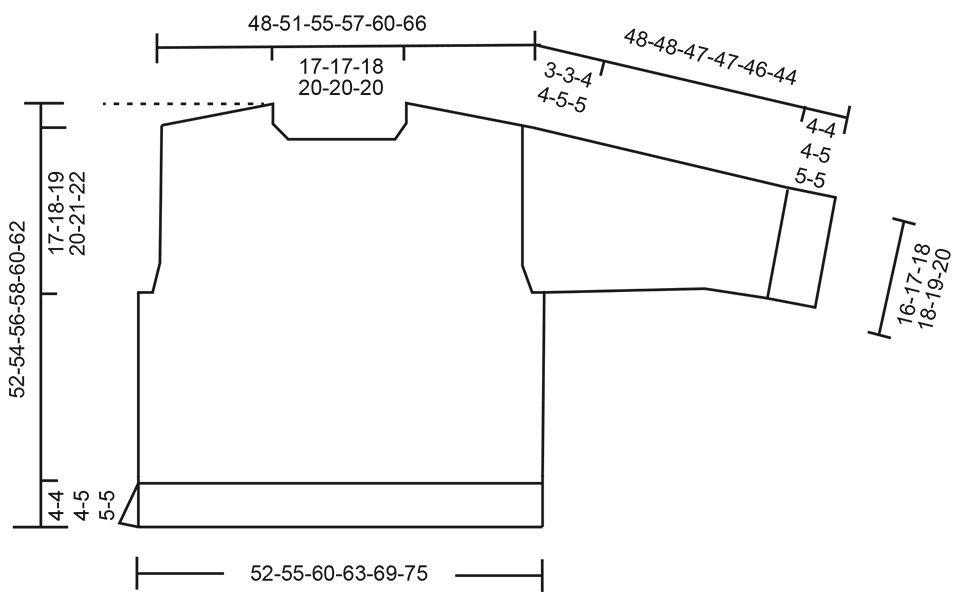 |
|
Have you finished this pattern?Tag your pictures with #dropspattern #sunnyseasidesweater or submit them to the #dropsfan gallery. Do you need help with this pattern?You'll find 31 tutorial videos, a Comments/Questions area and more by visiting the pattern on garnstudio.com. © 1982-2025 DROPS Design A/S. We reserve all rights. This document, including all its sub-sections, has copyrights. Read more about what you can do with our patterns at the bottom of each pattern on our site. |
|







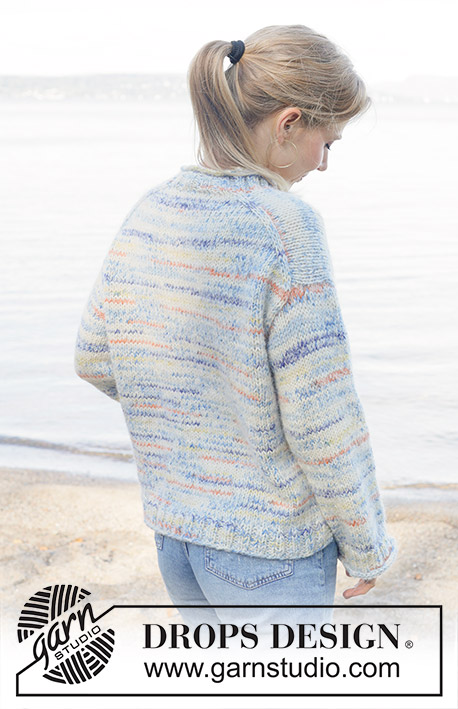
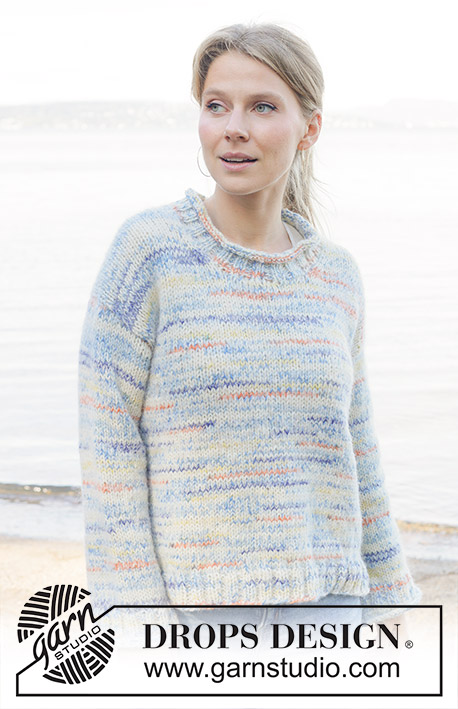

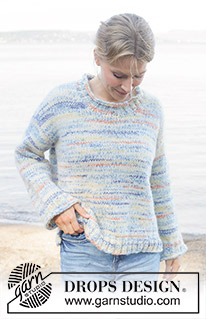
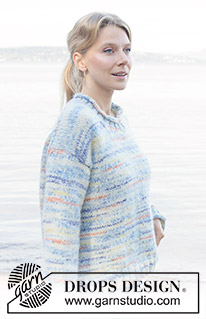
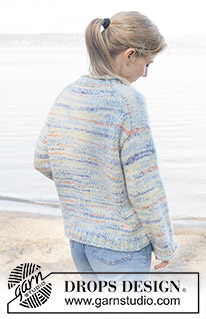
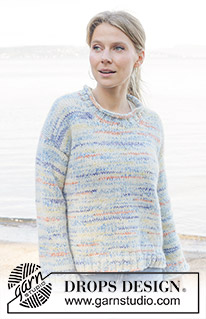

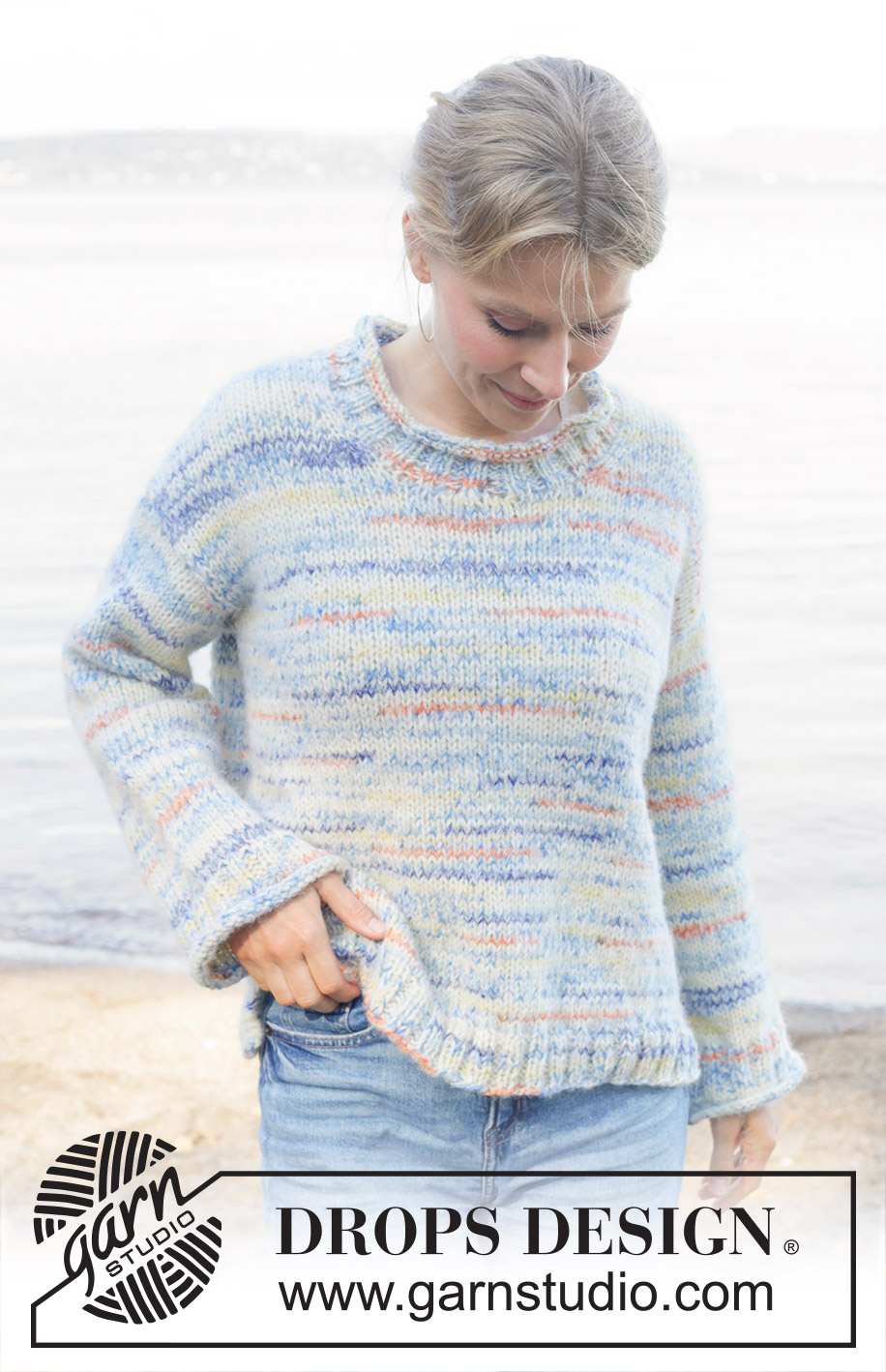
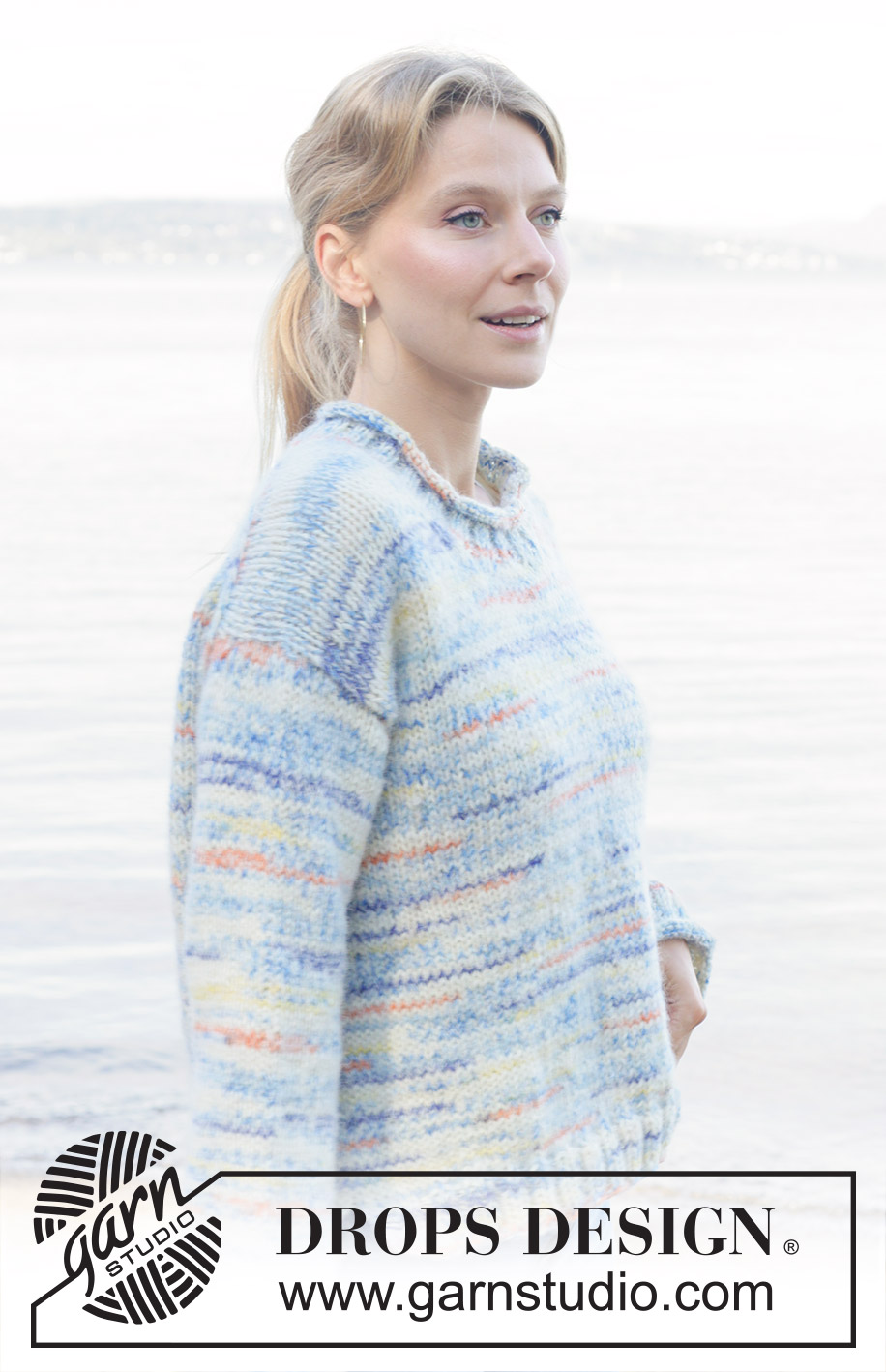
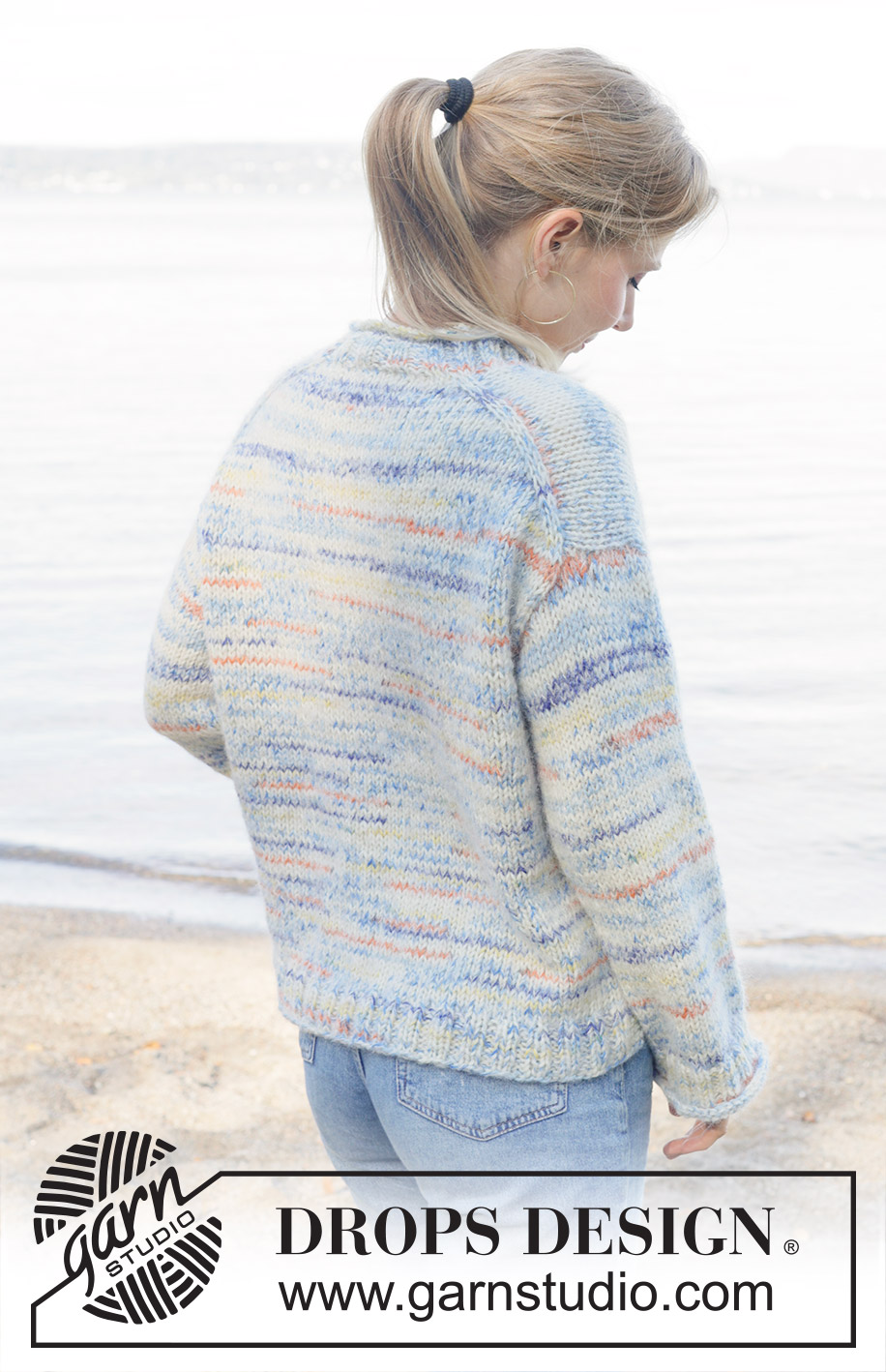
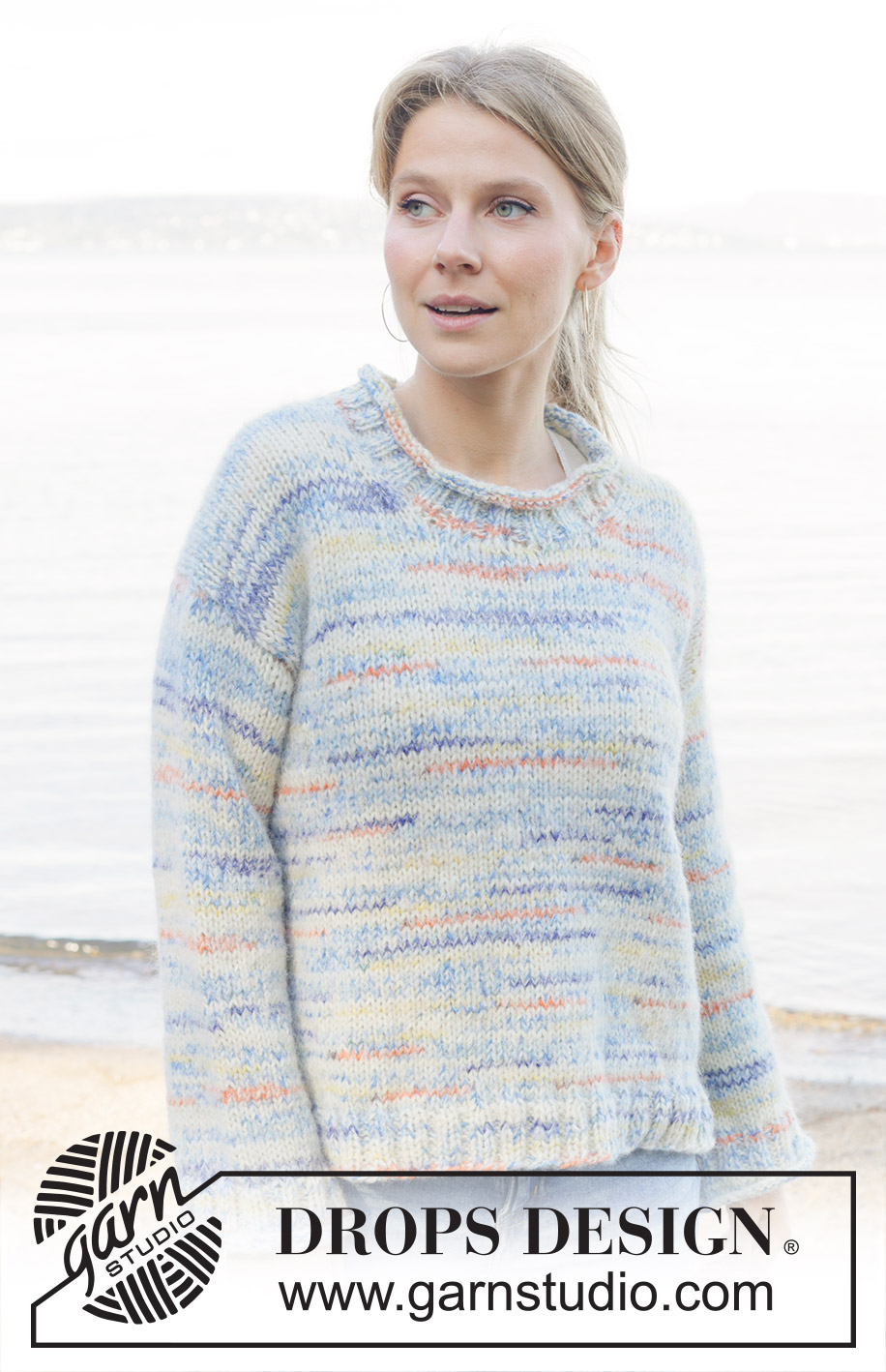
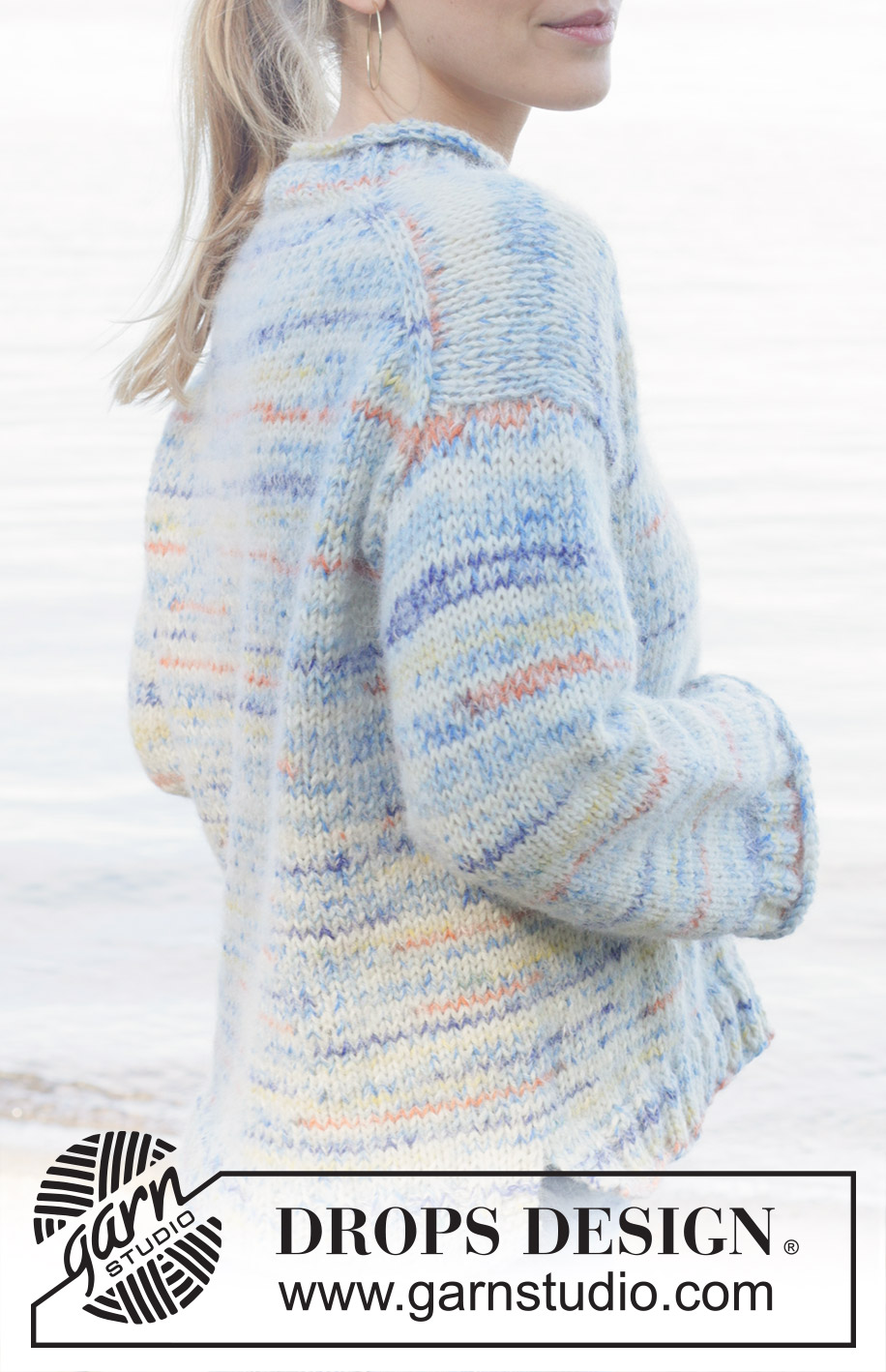



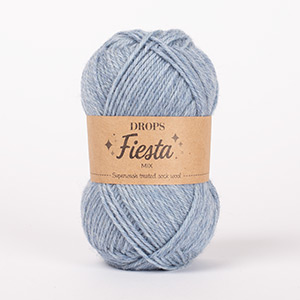
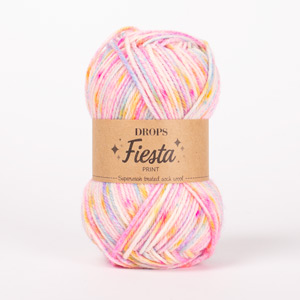
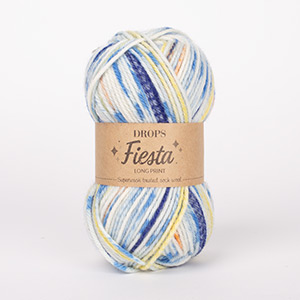
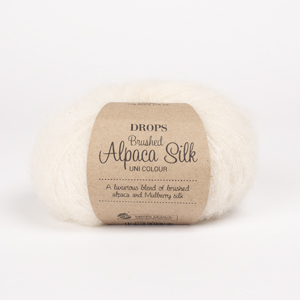
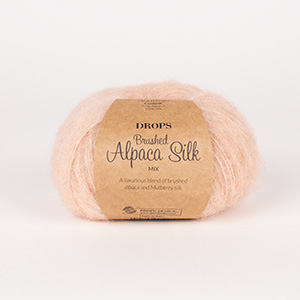




































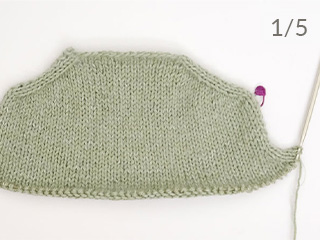
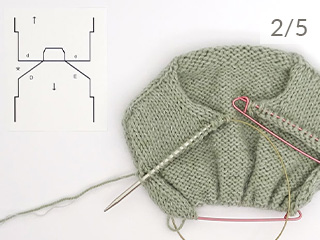
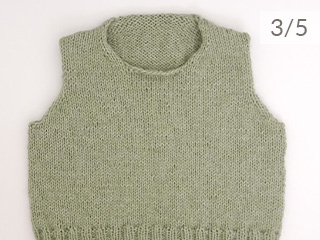
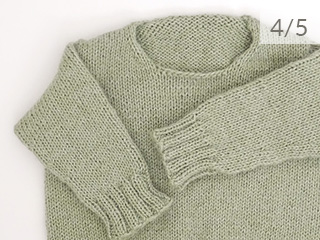
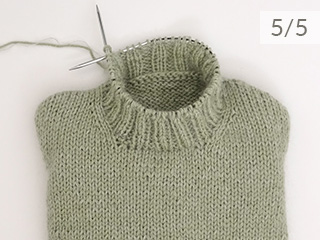



















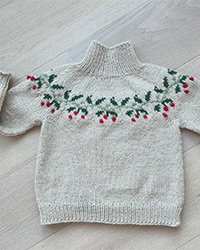
Post a comment to pattern DROPS 259-35
We would love to hear what you have to say about this pattern!
If you want to leave a question, please make sure you select the correct category in the form below, to speed up the answering process. Required fields are marked *.